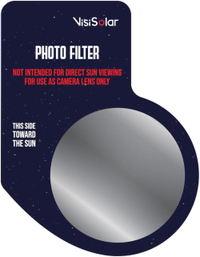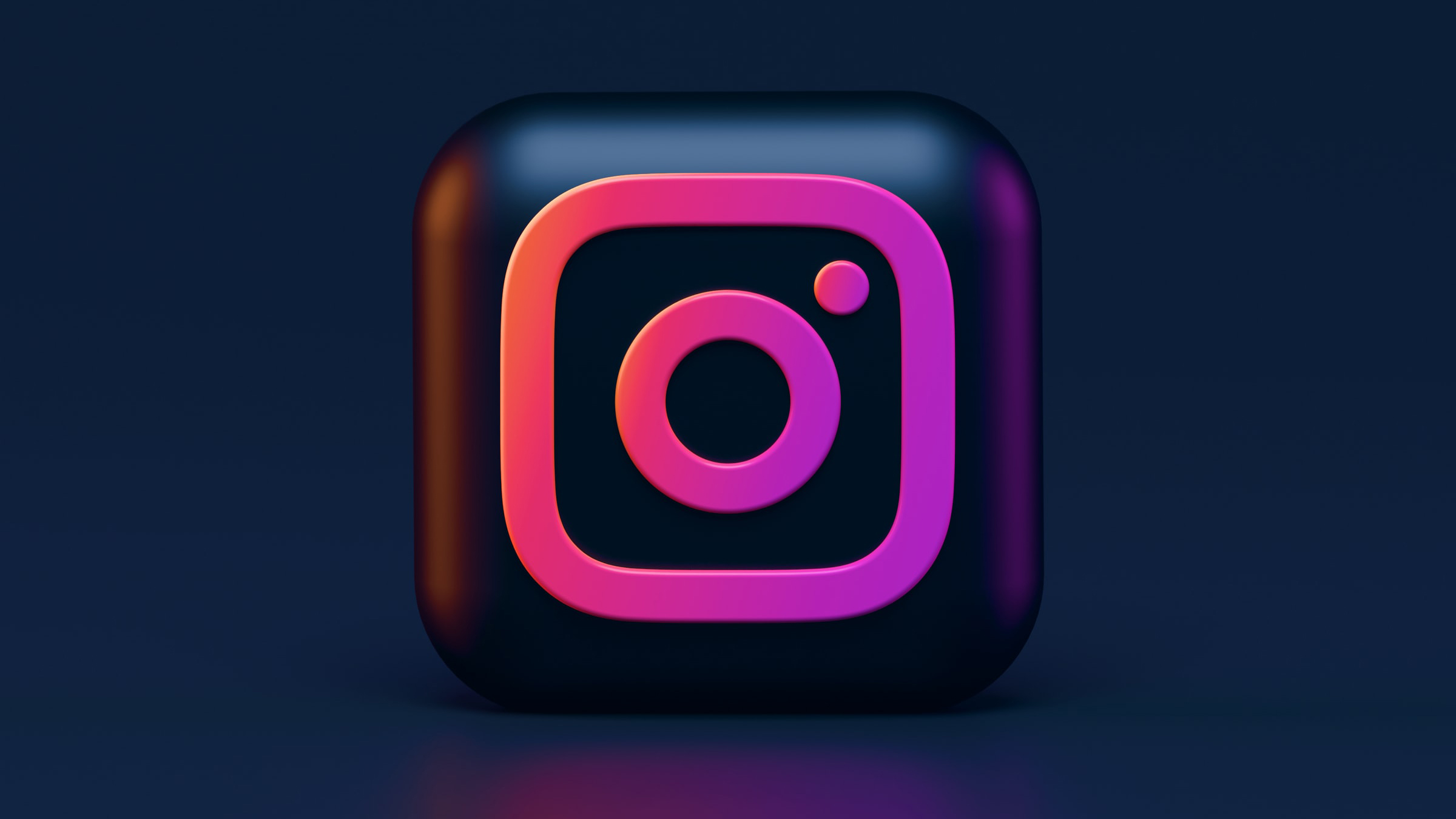This is how I plan to successfully photograph the April 2024 solar eclipse with my phone
I learned a few new tricks to take better solar eclipse photos
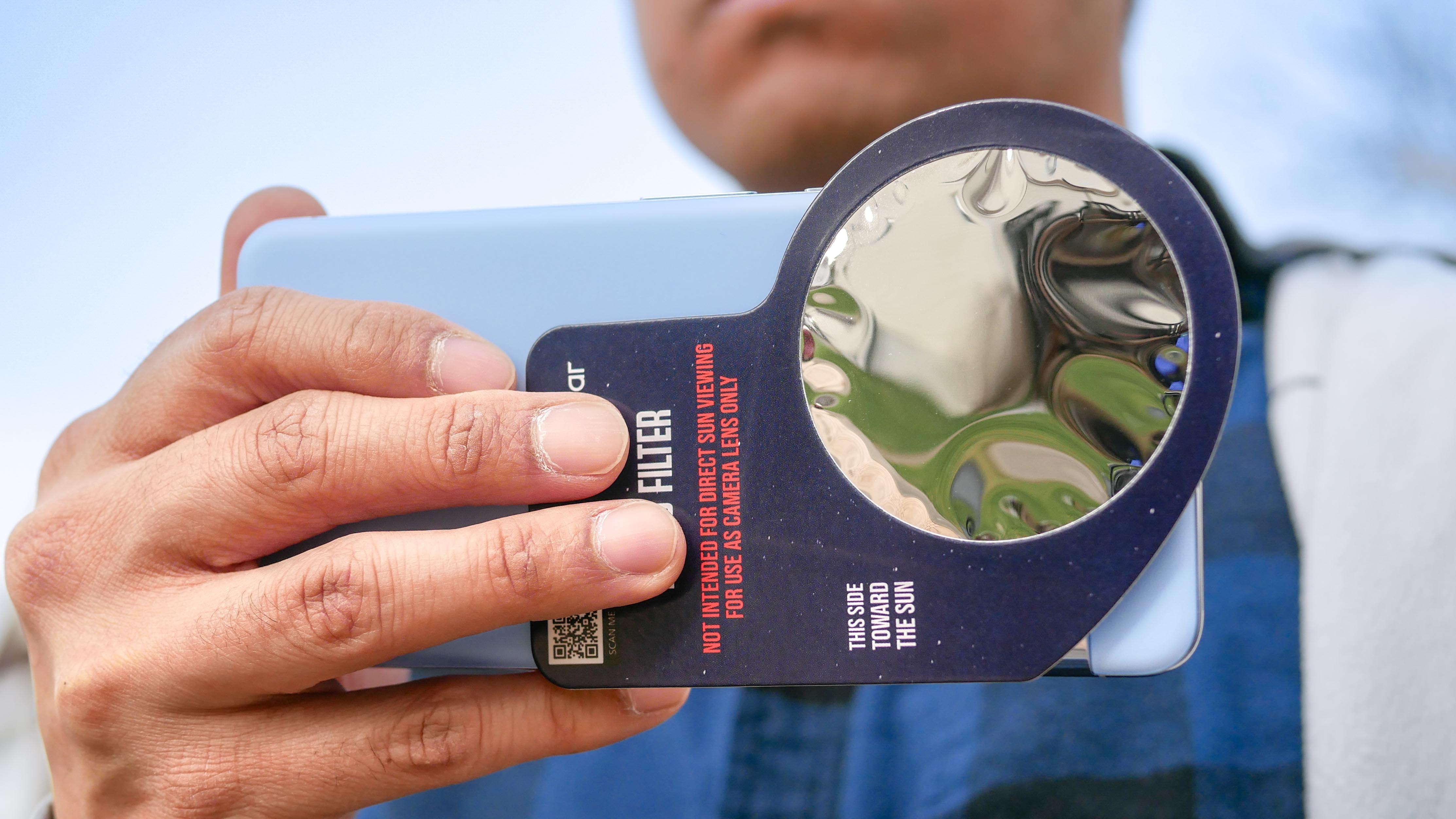
I remember the last solar eclipse event back in 2017 very well. I was rocking an LG G6 at the time when New York City was in the path of a partial solar eclipse, so I headed over to the 14th Street Park over on the west side of New York to check it out with friends. Looking back at the photos I captured, it’s safe to say that it was a failure.
Times have changed since then, as the phones have gotten incrementally better with the addition of dedicated telephoto cameras that let me get even closer to subjects. Considering how the April 8, 2024 total solar eclipse is a once in a lifetime event for those of us in the U.S., with the next one slated for August 2024, I want to make sure I redeem myself by photographing the occasion better with my phone.
Anyone can take a photo of the upcoming solar eclipse, much like any other photo you take. However, there are ways to actually make yours stand out from the ones you’ll see later on in the day posted on social media by your friends. Here’s how.
VisiSilar Smartphone Solar Eclipse Lens: was $8 now $6 @ Amazon
This solar eclipse lens is made specifically to go over your phone's camera, resulting in a more detailed capture of the upcoming solar eclipse. It can go over all of the cameras as well, allowing you to switch over to the telephoto one to get even closer photos of the solar eclipse.
How to photograph April 8, 2024 solar eclipse with a phone
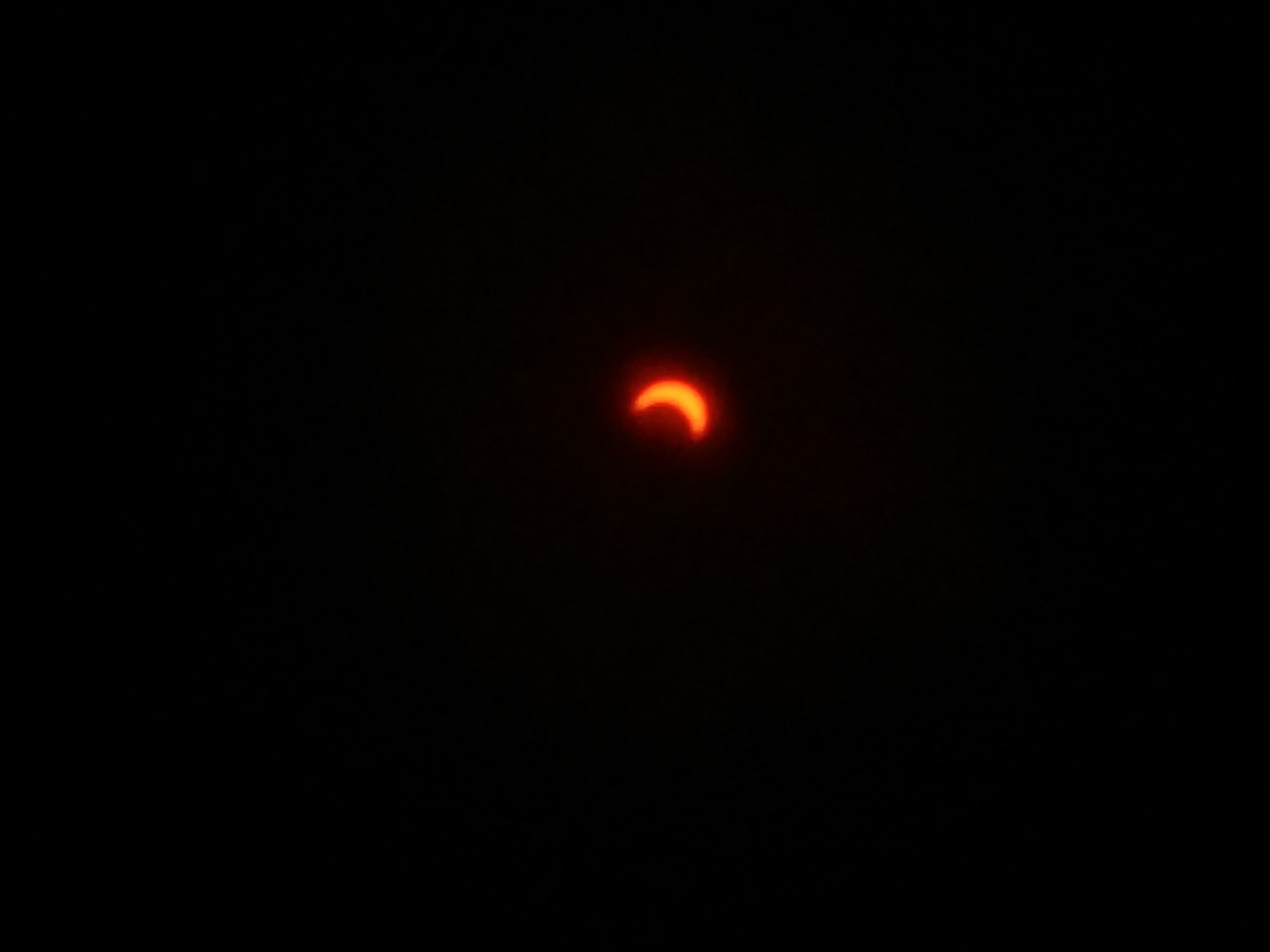
You see that photo above? That's what I was able to get with my phone at the last solar eclipse. Today’s phones will yield much better results, more so when you’re holding any of the ones in our best camera phones guide. Not only do they offer incredible dynamic range to help tone down the contrasting exposure of the scene, but I would even suggest switching over to a dedicated optical zoom camera.
There’s a lot of discussion around whether or not it’s safe to point your phone’s cameras at the sun directly. I’ve captured countless sunsets, sunrises, and everything else in between of the sun — with no harm to my phone. Unlike traditional DSLRs that have long range telephoto lenses that magnifies and concentrates on the image, which can damage the larger sensors in those cameras, phones aren’t as susceptible due to their tiny sensors.
However, I can’t stress enough about the potential of damage if you decide to use the telephoto camera on your phone — or if you use one of those attachable telephoto lenses. The safest way to photograph the solar eclipse with your phone is to use a proper solar filter.
If you still have a pair of solar eclipse sunglasses lying around, you can use it with your phone. If not, I suggest getting a smartphone solar imaging enhancing photo lens like the one below that’s made specially for this purpose.
Sign up to get the BEST of Tom's Guide direct to your inbox.
Get instant access to breaking news, the hottest reviews, great deals and helpful tips.
1. Step 1: Point your phone with proper solar filter at the sun
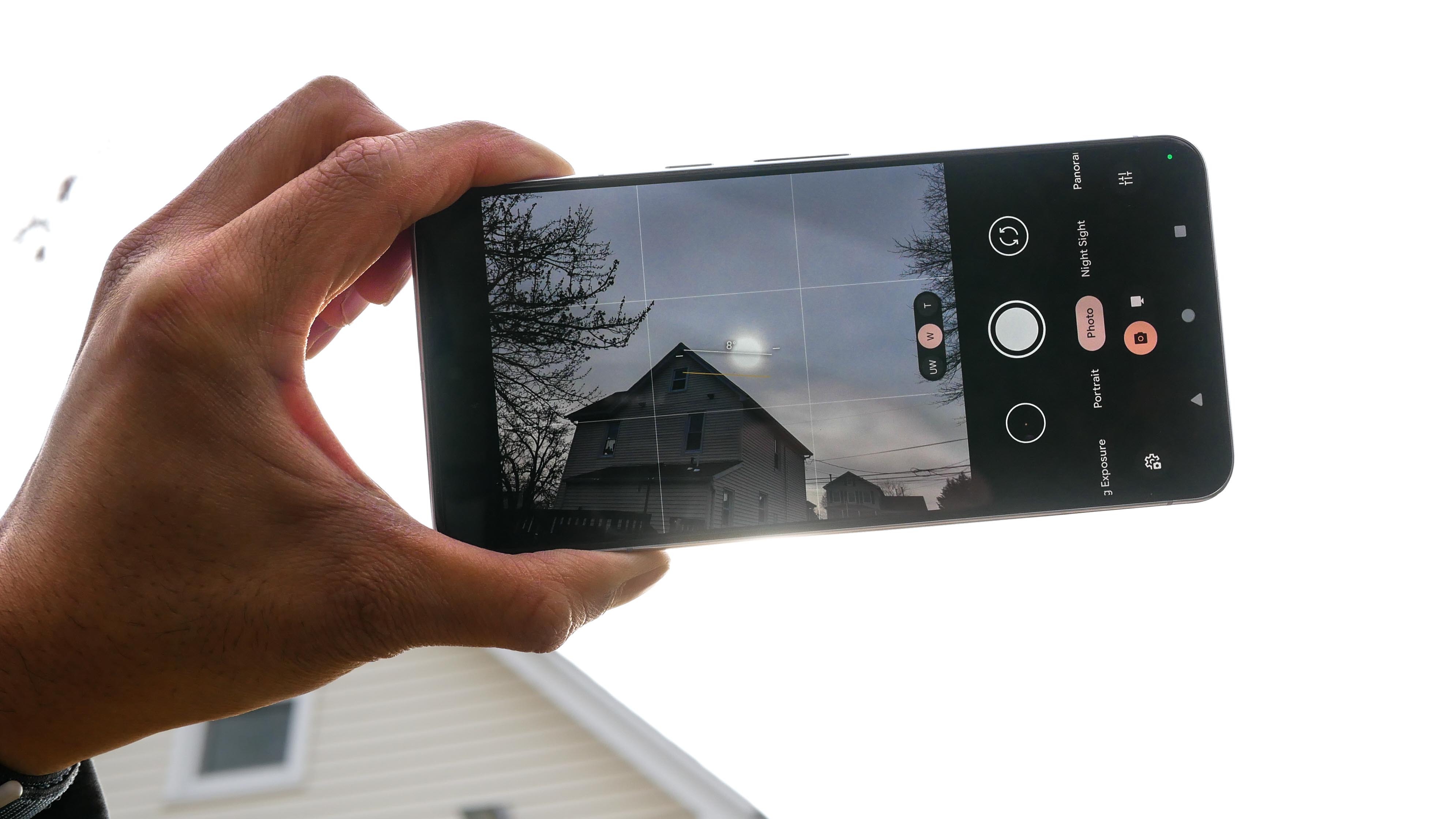
With the solar lens attached to your phone, or placing your solar eclipse sunglasses over your cameras, point your phone at the sun. For the best results, I recommend switching over to your phone’s telephoto camera. That way, more of the sun will be in frame when you take the photo.
Step 2: Set your focus and exposure

The solar lens or eclipse sunglasses will help tone down the intensity of the sun. Once you’re pointing at the sun, you’ll need to tap on the screen to set the focus — then use the slider to bring down the exposure.
On an iPhone, you’ll see a sun icon after you tap on the screen to set the focus. The sun icon acts as the camera’s exposure slider, so you’ll want to drag it down to lower the exposure as much as possible to get more detail around the sun. For Android phones, you can adjust the exposure by tapping the screen and sliding the sun icon.
Pro tip: Sometime your phone will automatically go into its dedicated macro mode because it's sensing something close to the cameras. Just make sure to click off of macro mode if it does this.
Step 3: Take the photo
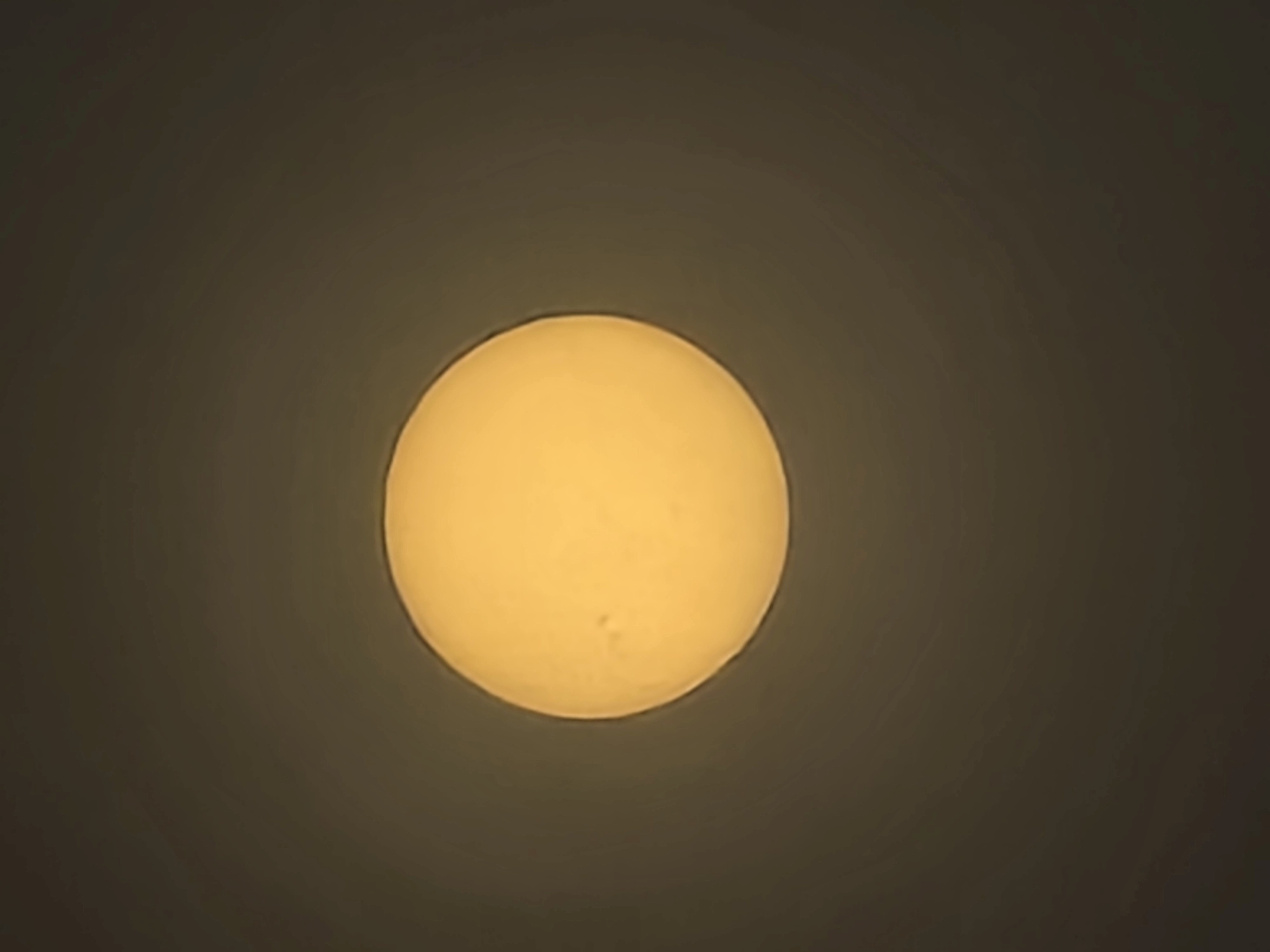
After you’ve set the exposure and focus properly, which means the sun has its orange glow on your phone’s screen, you’re then ready to take the photo by pressing on the shutter button.
It’s also worth trying to zoom in more if your phone’s telephoto camera permits this. However, the more you zoom, the harder it becomes to keep the phone’s camera steady — so it’s worth using a tripod and phone holder to keep it firmly in place.
Aside from taking photos of the solar eclipse with your phone, you can use the solar eclipse lens to record video of the event, along with a time lapse to get the entire thing on camera. You'll need to fasten the solar filter over the camera in such a way so that the filter is flush as possible.
Rather than settling on just a tiny sun in the sky, your phone's telephoto camera could produce even better results. I know that's what I'll be using for this upcoming solar eclipse event.
More from Tom's Guide

John’s a senior editor covering phones for Tom’s Guide. He’s no stranger in this area having covered mobile phones and gadgets since 2008 when he started his career. On top of his editor duties, he’s a seasoned videographer being in front and behind the camera producing YouTube videos. Previously, he held editor roles with PhoneArena, Android Authority, Digital Trends, and SPY. Outside of tech, he enjoys producing mini documentaries and fun social clips for small businesses, enjoying the beach life at the Jersey Shore, and recently becoming a first time homeowner.
-
USAFRet From 2017, with a Fuji X-T1.Reply
I'll be using the same camera, different solar filter, this time
